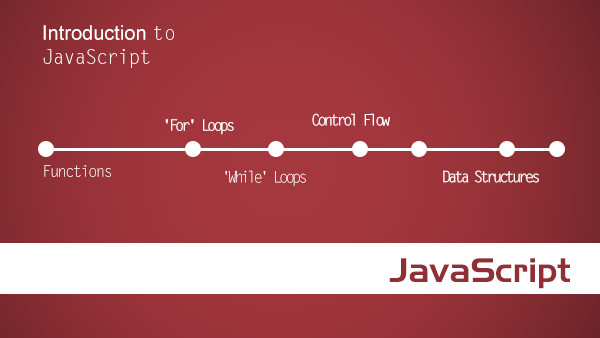The Promise object is used for asynchronous computations. A Promise represents a value which may be available now, or in the future, or never.
Syntax
new Promise( /* executor */ function(resolve, reject) { ... } );
- Parameters
Description
'use strict'; var promiseCount = 0;
function testPromise() {
var thisPromiseCount = ++promiseCount;
var log = document.getElementById('log');
log.insertAdjacentHTML('beforeend', thisPromiseCount +
') Started (<small>Sync code started</small>)<br/>');
// We make a new promise: we promise a numeric count of this promise, starting from 1 (after waiting 3s)
var p1 = new Promise(
// The resolver function is called with the ability to resolve or
// reject the promise
function(resolve, reject) {
log.insertAdjacentHTML('beforeend', thisPromiseCount +
') Promise started (<small>Async code started</small>)<br/>');
// This is only an example to create asynchronism
window.setTimeout(
function() {
// We fulfill the promise !
resolve(thisPromiseCount);
}, Math.random() * 2000 + 1000);
}
);
// We define what to do when the promise is resolved/fulfilled with the then() call,
// and the catch() method defines what to do if the promise is rejected.
p1.then(
// Log the fulfillment value
function(val) {
log.insertAdjacentHTML('beforeend', val +
') Promise fulfilled (<small>Async code terminated</small>)<br/>');
})
.catch(
// Log the rejection reason
function(reason) {
console.log('Handle rejected promise ('+reason+') here.');
});
log.insertAdjacentHTML('beforeend', thisPromiseCount +
') Promise made (<small>Sync code terminated</small>)<br/>');}
This example is executed when clicking the button. You need a browser supporting Promise. By clicking several times the button in a shor




 随时随地看视频
随时随地看视频



